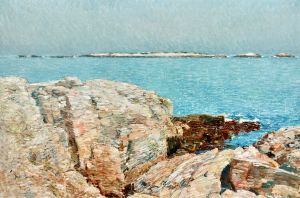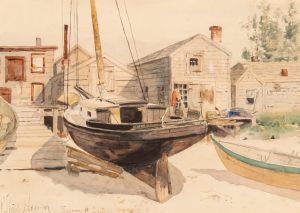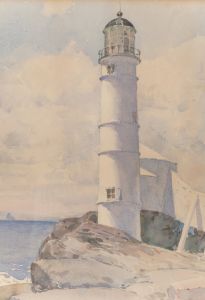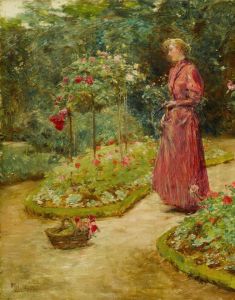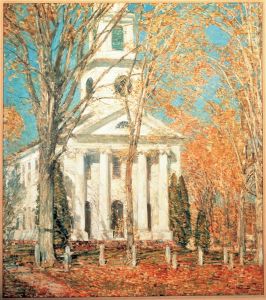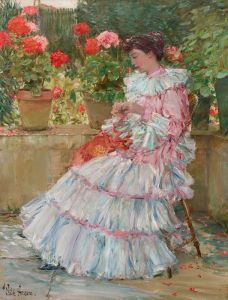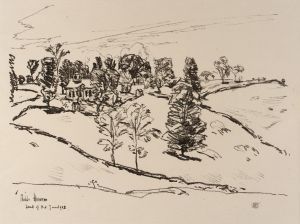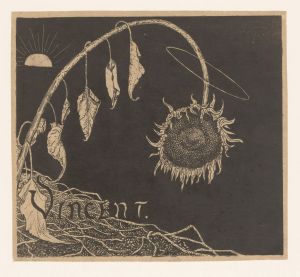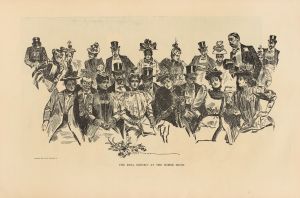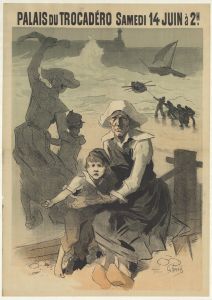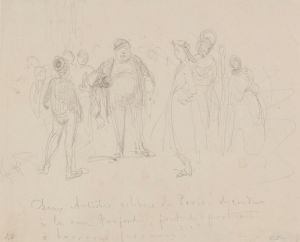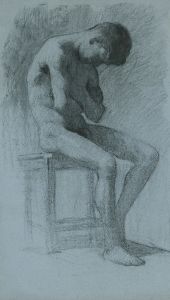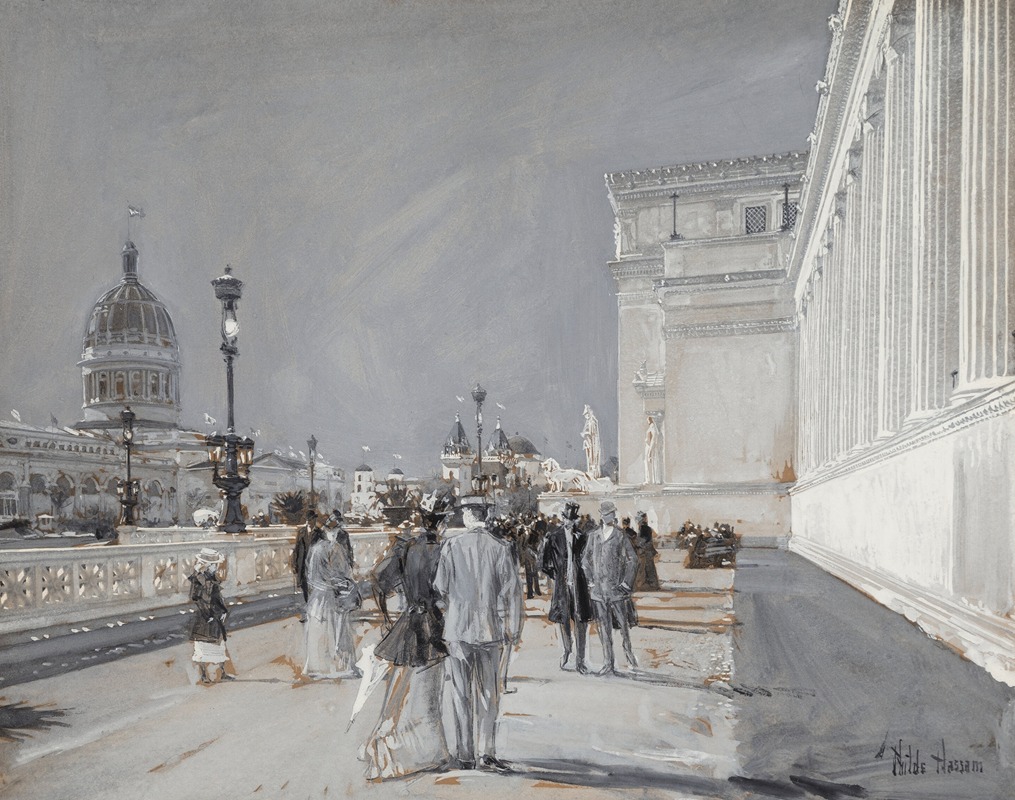
World’s Fair, Chicago
A hand-painted replica of Childe Hassam’s masterpiece World’s Fair, Chicago, meticulously crafted by professional artists to capture the true essence of the original. Each piece is created with museum-quality canvas and rare mineral pigments, carefully painted by experienced artists with delicate brushstrokes and rich, layered colors to perfectly recreate the texture of the original artwork. Unlike machine-printed reproductions, this hand-painted version brings the painting to life, infused with the artist’s emotions and skill in every stroke. Whether for personal collection or home decoration, it instantly elevates the artistic atmosphere of any space.
"World’s Fair, Chicago" is a painting by the American Impressionist artist Childe Hassam. Created in 1893, this artwork captures the essence of the World's Columbian Exposition, also known as the Chicago World's Fair, which was held in Chicago, Illinois, to celebrate the 400th anniversary of Christopher Columbus's arrival in the New World in 1492.
Childe Hassam, born Frederick Childe Hassam on October 17, 1859, in Dorchester, Massachusetts, was a prominent figure in American Impressionism. He was known for his urban and coastal scenes, and his works often depicted the vibrant life and landscapes of late 19th and early 20th century America. Hassam's style was heavily influenced by his time in Europe, particularly his exposure to French Impressionism during his stay in Paris from 1886 to 1889.
The painting "World’s Fair, Chicago" is a testament to Hassam's ability to capture the dynamic atmosphere of significant events. The World's Columbian Exposition was a monumental event in American history, attracting millions of visitors from around the world. It showcased the latest advancements in technology, architecture, and culture, symbolizing the progress and optimism of the era.
In "World’s Fair, Chicago," Hassam employs his characteristic loose brushwork and vibrant color palette to convey the bustling energy of the fair. The painting likely depicts one of the many grand buildings or pavilions that were part of the exposition, though specific details about the exact location or subject within the fair are not explicitly documented. The use of light and shadow in the painting reflects Hassam's mastery of capturing the effects of natural light, a hallmark of the Impressionist movement.
The World's Columbian Exposition itself was held in Jackson Park and the Midway Plaisance, covering over 600 acres. It featured numerous neoclassical buildings, designed by some of the most prominent architects of the time, including Daniel Burnham and Frederick Law Olmsted. The fair introduced many innovations to the public, such as the Ferris wheel, and it had a profound impact on American culture and urban planning.
Hassam's painting serves as a historical record of this significant event, providing a visual representation of the excitement and grandeur of the fair. It is an important piece within his body of work, reflecting both his artistic style and his ability to document contemporary events through his art.
Today, "World’s Fair, Chicago" is appreciated not only for its aesthetic qualities but also for its historical significance. It offers viewers a glimpse into a pivotal moment in American history, as seen through the eyes of one of the country's foremost Impressionist painters. The painting is part of various collections and continues to be studied and admired by art historians and enthusiasts alike.





